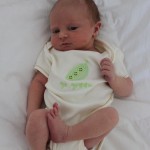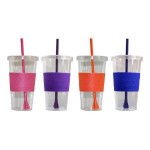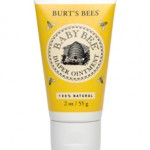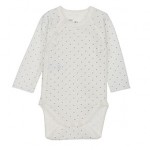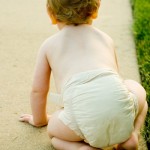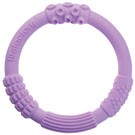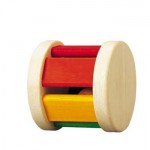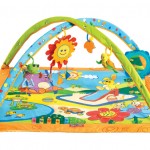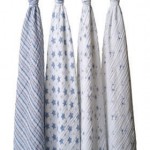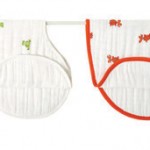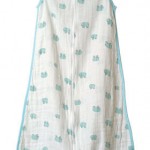One would assume that “environmentally friendly” or “save for the planet” products would include safety and friendliness toward people but apparently not. Regretfully even “natural” or supposedly “organic” products contain toxins and it requires some vigilance as a consumer to avoid being lulled into a false sense of security by green packaging or claims. For example, most of us by now know to avoid Sodium Laurel Sulfate in shampoos, soaps and other skin products because it’s toxic. Beware of closely related cousins, however, like Sodium Laureth, which also contains two carcinogens. Many products that now claim to be “SLS Free” contain the other SLS. The Mother Nature Network has a great post on this.
We were just dismayed to learn that we were blissfully washing bottle nipples and pacifiers in Mrs. Meyer’s Clean Day liquid dish soap thinking that it’s 25% post-consumer plastic bottle and 97% naturally derived ingredients were acceptable. We were wrong – mea culpa for not checking the ingredients more closely. As it turns out that Mrs. Meyer’s liquid dish soap contains synthetic “fragrance” and toxic irritants such as Benzisothiazolinone. Seriously – I just almost went cross-eyed looking up these ingredients online. Who has time for this?!
It also contains sodium coco sulfate, which is simply a less purified version of sodium laurel sulfate. Both are coconut derivatives but go through the same process. Sodium coco sulfate hasn’t gone through as much testing and scrutiny and I’ve even found web sites that claim it’s safe enough. Here’s some more detailed chemistry on why that’s not true.
Out of pure frustration at the lack of suitable dish washing liquid readily available, I’m ordering good ol’ Dr. Bonner’s Organic Pure Castille Liquid Soap in Baby-Mild. 
A five year old could pronounce all ingredients and they are: Water, Saponified Coconut-Hemp-Olive Oils (with retained Glycerine), Aloe Vera, Olive Fatty Acids, Rosemary Extracts.
For the dishwasher, we’ve been using Seventh Generation Free & Clear Dishwasher Gel. The product claims:
- Now contains enzymes for more cleaning power
- Chlorine free
- Phosphate free
- Non-toxic
- Plant-derived enzymes
- Biodegradable formula
- Scent derived from whole essential oils & botanical extracts (Lemon)

